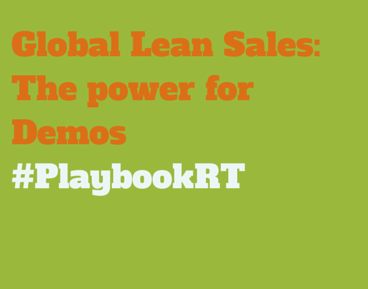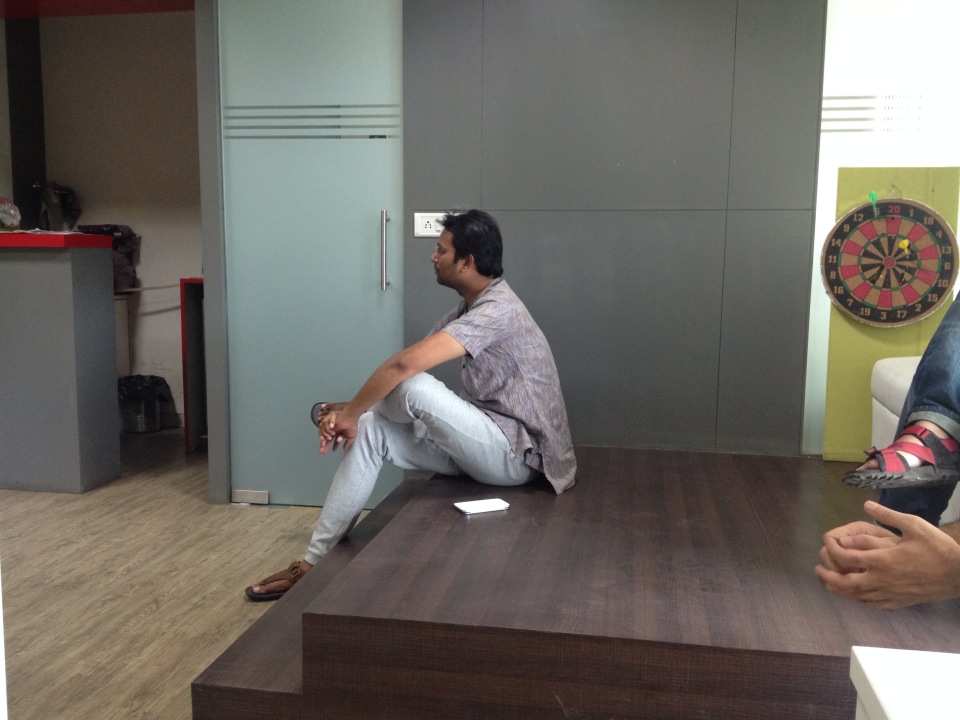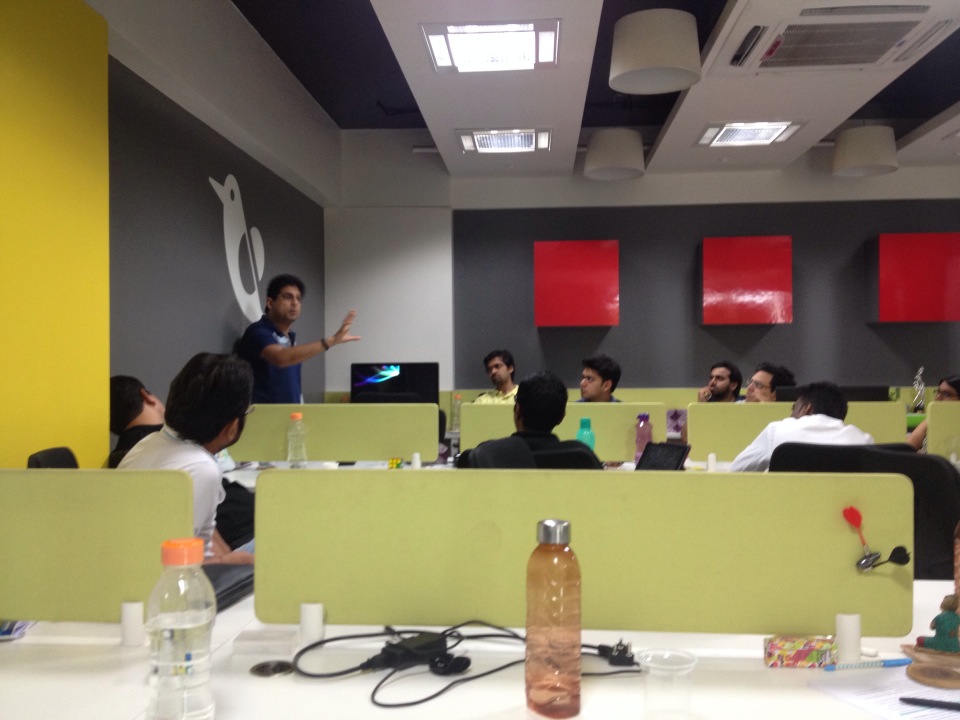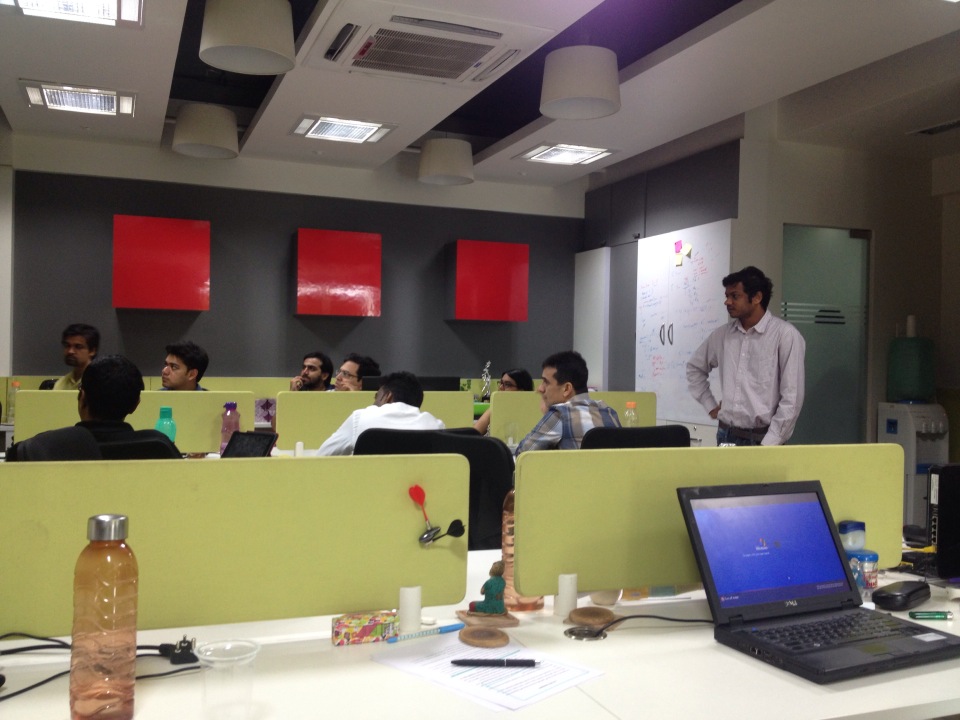On Saturday, December 6, 2014, founders, CEO’s and others from startups based in and around Mumbai met at the office of WebEngage. We were there for the iSPIRT PlaybookRT on Positioning and Messaging by Shankar Maruwada. Below are my notes and thoughts about the event…
Identifying and defining your customers
Shankar emphasized that the process of developing a positioning and messaging strategy starts with identifying and defining who our prospects or customers are. Finding out what they value and what their pain points are. In case of an existing customer base, one must evaluate what made a customer choose our product over other options.
It is important to remember that finding out who your customer is, is a lifetime process. And the results of such an exercise can keep changing over time.
The positioning and messaging objectives
Once customers have been identified and defined, we must start work on how we should define our product so it appeals to the customer base identified. Our positioning and messaging should be such that…
- It gets the customer’s attention quickly
- It is extremely easy for them to understand what your product is
- Enables them to see without much effort, how the product would be useful to them
Using Analogies
Analogies can be a powerful method to quickly position your product in the mind of the prospect. A new idea is better understood when it is stated in the context of an already well known idea.
To take the example of some popular movies which were based on newish ideas at the time they were pitched…
- The film “Aliens” originally was pitched as “Jaws on a Spaceship” and that image sold.
- Similarly the 1994 movie Speed was pitched as “Die Hard on a bus”!
Some other helpful tips to help with your positioning process…
- List out what questions you want your customers to ask? That will help you figure out how your positioning should be.
- Don’t get trapped by words. Get the idea and thought first and then figure out how to articulate them.
- When you say there is nobody like you, you are in trouble. No one wants to be the first person to be a fool.
- People will position your product anyways. It is not optional. Your job is to guide them to the positioning you want.
- To add credibility to any benefit that you choose to highlight, quantify that benefit. For e.g. Product X is so simple that employees complete their tasks in half the time
- Your positioning statement and initial messaging should be as short as possible. Remember internal chatter in the prospect’s mind starts in about 30 seconds.
- When there are multiple benefits, try to create a hierarchy of benefits.
One way to really know that you understand your customers is to see if you are able to predict their behavior. If you can successfully predict their questions or action, then you have a good job!
Curse of Knowledge
One of the most interesting things that Shankar spoke about was the Curse of Knowledge.
Wikipedia describes this as…
The curse of knowledge is a cognitive bias that leads better-informed parties to find it extremely difficult to think about problems from the perspective of lesser-informed parties.
Anyone who has attempted a positioning and messaging exercise for their products has surely battled this. It requires us to…
- See ourselves from the eyes of the prospect.
- Understand how they perceive us currently. Understand what our prospect values.
- Understand how our product must appear and what it must say so the prospect feels enough trust and sees enough value to go ahead and purchase.
The curse of knowledge is easily the biggest roadblock in this process. A better informed person is not always able to anticipate the judgement of a lesser informed person. Applying this to sales, it is said that a better informed sales person may actually be at a disadvantage as compared to a lesser informed agent pitching the same product. This is because the better informed agent may fail to ignore that knowledge which they posses but the prospect does not.
They could end up over estimating the prospect’s product knowledge or the value the prospect attaches to certain benefits or features. A lesser informed sales agent would probably have a better idea of what the customer has understood. They would probably explore more to understand what the customer truly values.
It is important for the prospect to see our positioning and messaging as relevant to them. The curse of knowledge can fool us into believing our messaging is universally understood.


 On Oct 18th iSPIRT organized a #PlaybookRT in Mumbai and the topic of discussion was
On Oct 18th iSPIRT organized a #PlaybookRT in Mumbai and the topic of discussion was  The event went on for around 6 hours but given the variety of issues discussed each issue could be touched upon briefly. Since this was the initial event of this kind in Mumbai, a lot of participants were meeting each other for the first time. Some time therefore had to be spent in understanding each other’s businesses, back-stories and some of the special challenges they faced.
The event went on for around 6 hours but given the variety of issues discussed each issue could be touched upon briefly. Since this was the initial event of this kind in Mumbai, a lot of participants were meeting each other for the first time. Some time therefore had to be spent in understanding each other’s businesses, back-stories and some of the special challenges they faced. Sales Bible
Sales Bible Free vs Paid
Free vs Paid